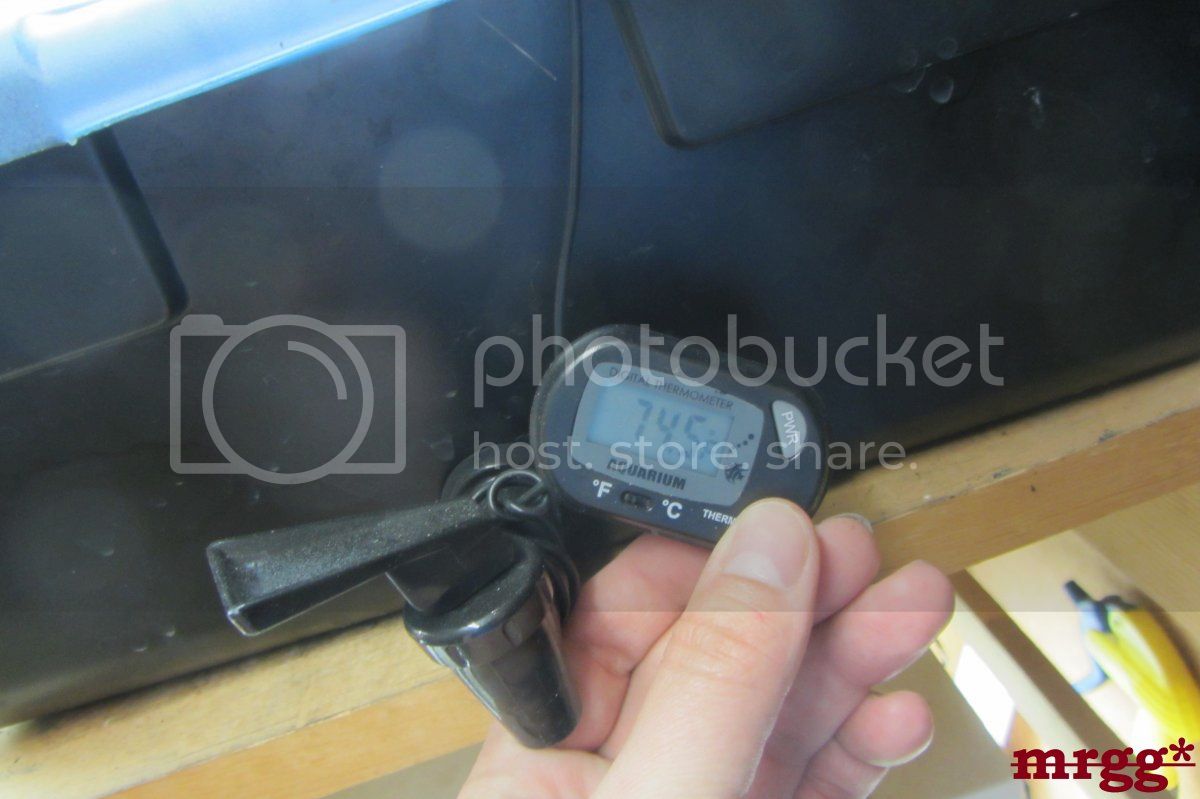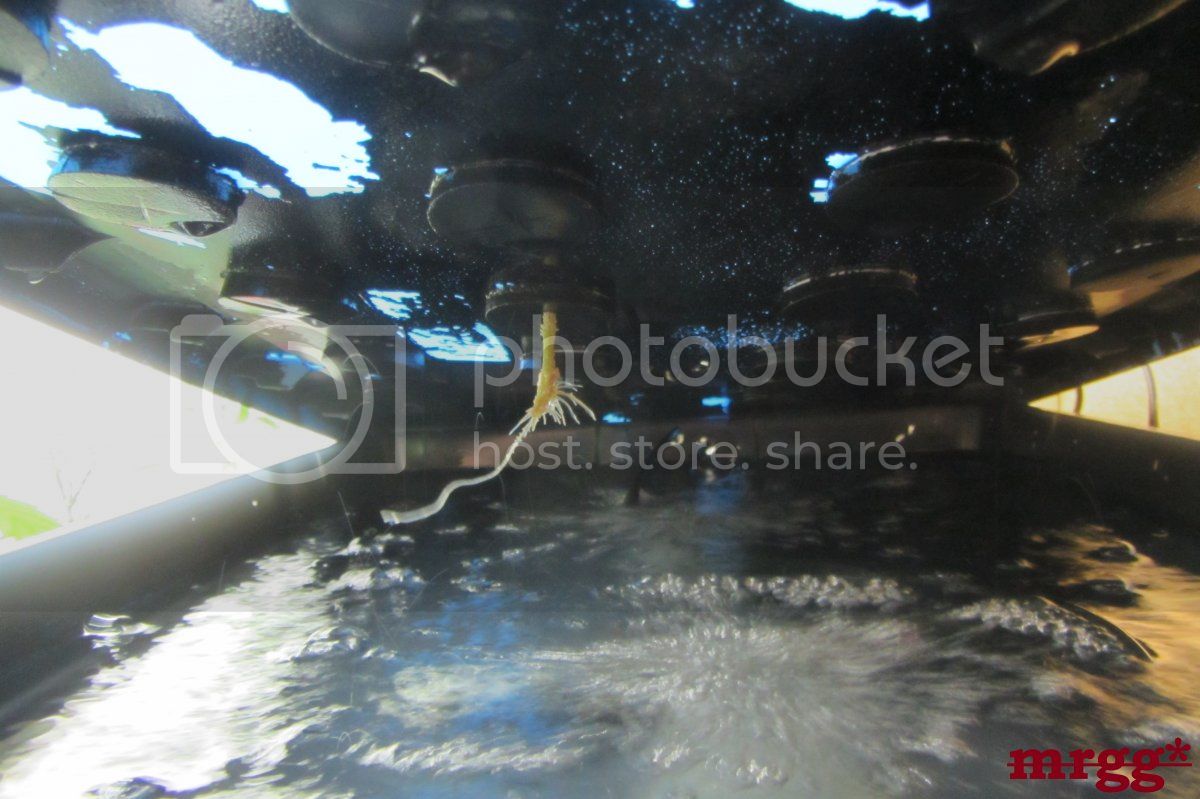I've read most everything on this forum and all over the web. My results have mostly sucked the hind tit though. I'm currently trying yet another method of rooting in dirt with controlled humidity and full sun.
What I believe to be the major problem here is the lack of air flow in order to maintain the needed humidity. The plant needs air flow for energy yet around here more air flow means single digit humidity most of the year. Sure not right now though!
Does anyone have a rooting system for cuttings they use to control lighting and humidity while also having good ventilation?
Is red vs blue LED lighting better for rooting cuttings?
What are your thoughts on the pro's and con's of rooting in moist dirt over just water?
How often should the water be changed, or the dirt be flushed?
I'm trying to keep the exact genetics going on one of my plants that's a monster right now in case of a frost this year so any and all intelligent ideas will be tried. Super El Nino is gone so its likely we will see a few frozen nights this winter and it's unlikely I can protect this plant.
What I believe to be the major problem here is the lack of air flow in order to maintain the needed humidity. The plant needs air flow for energy yet around here more air flow means single digit humidity most of the year. Sure not right now though!
Does anyone have a rooting system for cuttings they use to control lighting and humidity while also having good ventilation?
Is red vs blue LED lighting better for rooting cuttings?
What are your thoughts on the pro's and con's of rooting in moist dirt over just water?
How often should the water be changed, or the dirt be flushed?
I'm trying to keep the exact genetics going on one of my plants that's a monster right now in case of a frost this year so any and all intelligent ideas will be tried. Super El Nino is gone so its likely we will see a few frozen nights this winter and it's unlikely I can protect this plant.





